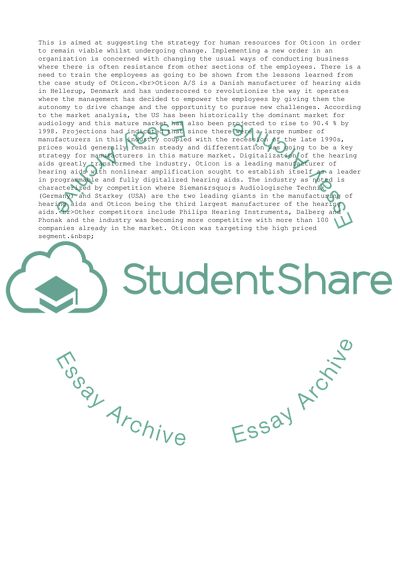Cite this document
(Revolution at Oticon Research Paper Example | Topics and Well Written Essays - 2750 words, n.d.)
Revolution at Oticon Research Paper Example | Topics and Well Written Essays - 2750 words. Retrieved from https://studentshare.org/management/1735050-case-study-analysis-revolution-at-oticon
Revolution at Oticon Research Paper Example | Topics and Well Written Essays - 2750 words. Retrieved from https://studentshare.org/management/1735050-case-study-analysis-revolution-at-oticon
(Revolution at Oticon Research Paper Example | Topics and Well Written Essays - 2750 Words)
Revolution at Oticon Research Paper Example | Topics and Well Written Essays - 2750 Words. https://studentshare.org/management/1735050-case-study-analysis-revolution-at-oticon.
Revolution at Oticon Research Paper Example | Topics and Well Written Essays - 2750 Words. https://studentshare.org/management/1735050-case-study-analysis-revolution-at-oticon.
“Revolution at Oticon Research Paper Example | Topics and Well Written Essays - 2750 Words”, n.d. https://studentshare.org/management/1735050-case-study-analysis-revolution-at-oticon.


